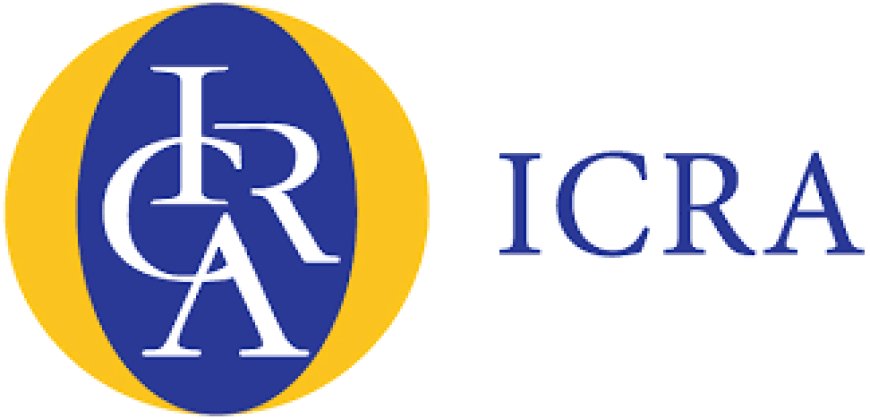Increasing component localisation could offer ~Rs. 25,000 crore annual opportunity to construction equipment vendors by FY2030: ICRA

Rating agency ICRA forecasts rising component localisation to offer ~Rs. 25,000 crore annual opportunity to construction equipment vendors by FY2030, led by components such as undercarriages and precision hydraulics. Overall, ICRA foresees a jump in localisation levels from 50% to over 70% in the next 5-7 years.
The Indian mining and construction equipment (MCE) industry is the third largest in the world in terms of volumes sold, however, it imports nearly 50% of its component requirement (by value) from suppliers based out of China, Japan, and South Korea, among others. Components like hydraulics, undercarriages, and high-tech electronics like electronic control units (ECUs), sensors, telematics, etc are generally imported. These imported components are either technology-intensive parts or require large scale manufacturing to attain economic viability. In addition, certain high tonnage fully built machinery and some steel alloy grades are also imported.
Providing her views, Ritu Goswami, Sector Head - Corporate Ratings, ICRA, said: “Given its vision to become a US$7 trillion economy by 2030 and the multiplier effect of infrastructure development on economic growth, the Government of India (GoI) is expected to keep prioritising infrastructure investment over the coming years, within the constraints of fiscal consolidation. This will keep domestic demand prospects of the MCE industry favourable and the supply-side needs to keep pace to support it. While the industry has a domestic manufacturing base with the indigenisation levels varying across the equipment categories, it has high import dependence and provides significant scope for development. Improved localisation will not only shield the supply chain from geopolitical risks and improve operational efficiency but also help create more job opportunities.”
Some of the key factors driving the high levels of imports include – viability issues for the component vendors due to insufficient domestic demand and limited exports (due to cost disadvantage and lagging emission standards for a few equipment categories) and unavailability of certain raw materials (e.g. specialty steel). However, factors supportive of increased industry localisation include increasing domestic demand (CAGR of 12% over the last decade – FY2015-FY2024) and the PLI scheme for complementary sectors like specialty steel and auto components in addition to the shifting geo-political dynamics with the China+1 policy being adopted by the global OEMs to diversify their supply chains. At a macro level, the GoI has been working towards improving the ease of doing business and creating a robust infrastructure to attract investment and improve the overall competitiveness of the domestic manufacturing industry.
“ICRA projects the Indian MCE industry’s localisation levels to increase to over 70% over the next 5-7 years. With the potential of becoming a Rs. 2.1 lakh crore market in annual revenues by FY2030, this increased localisation share would translate into the incremental business opportunity of over Rs. 25,000 crore for the domestic MCE vendors. Also, at present the domestic MCE vendors primarily rely on the original equipment manufacturers to support their revenue, as share of other business avenues like replacement demand and exports is relatively modest. Once the competitiveness of Indian MCE vendors improves, the export market is likely to provide significant growth opportunities to Indian component suppliers,” Goswami added.
ICRA analysis suggests that undercarriage components like track chains, rollers and idlers, etc. which provide a good market opportunity (as the excavator industry is large), are not high on technology requirements, and are heavy and logistically expensive to transport, can be localised in the near term. Hydraulic components (motors, control valves, etc.) could be the medium-term (3–5-year horizon) target for indigenisation. Electronic components (highly R&D intensive) would need firm visibility on volumes and could be the last to become viable for local production.








